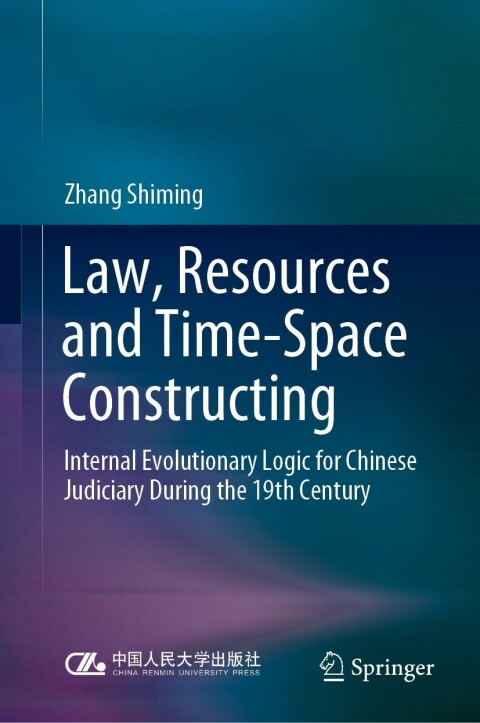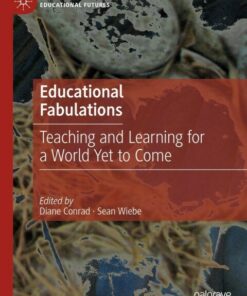Law, Resources and Time-Space Constructing Internal Evolutionary Logic for Chinese Judiciary During the 19th Century Ebook (miebook.shop)
$25.00
Zhang Shiming
Law, Resources and Time-Space Constructing
Internal Evolutionary Logic for Chinese Judiciary During the 19th CenturyThis book studies the judicial evolution of the Qing Dynasty. It sums up the changes from six major aspects: 1. Banfang””emerged in the late Qianlong period; 2. The opening of capital appeals””early in Jiaqing’s reign; 3. The consular jurisdiction was established during Daoguang’s reign; 4. The execution on the spot ”””was started in Daoguang and Xianfeng periods; 5. The introduction of fashenju (””a interrogatory court) happened during Tongzhi’s reign; 6. Late in Guangxu’s reign, banishment was abolished, and reforms were made for prisons. In the past, people did not have a comprehensive understanding of these big changes. From the perspective of legal culture, scholars often criticize traditional Chinese law focuses on criminal law while ignores civil law in terms of legal culture, but this situation can be explained in part by the inadequate allocation of resources and authoritarian resources in traditional societies. Using a large number of archives and precious materials such as private notes that were not noticed by academics in the past, this book adopts the research path of new historical jurisprudence to explore the inner logic of judicial evolution in the Qing Dynasty, focusing on the triangular connection between legal rules, resources, and temporal and spatial constructions, which is an important contribution to the study of traditional Chinese law. ISBN: 9789811680540, 981168054X











